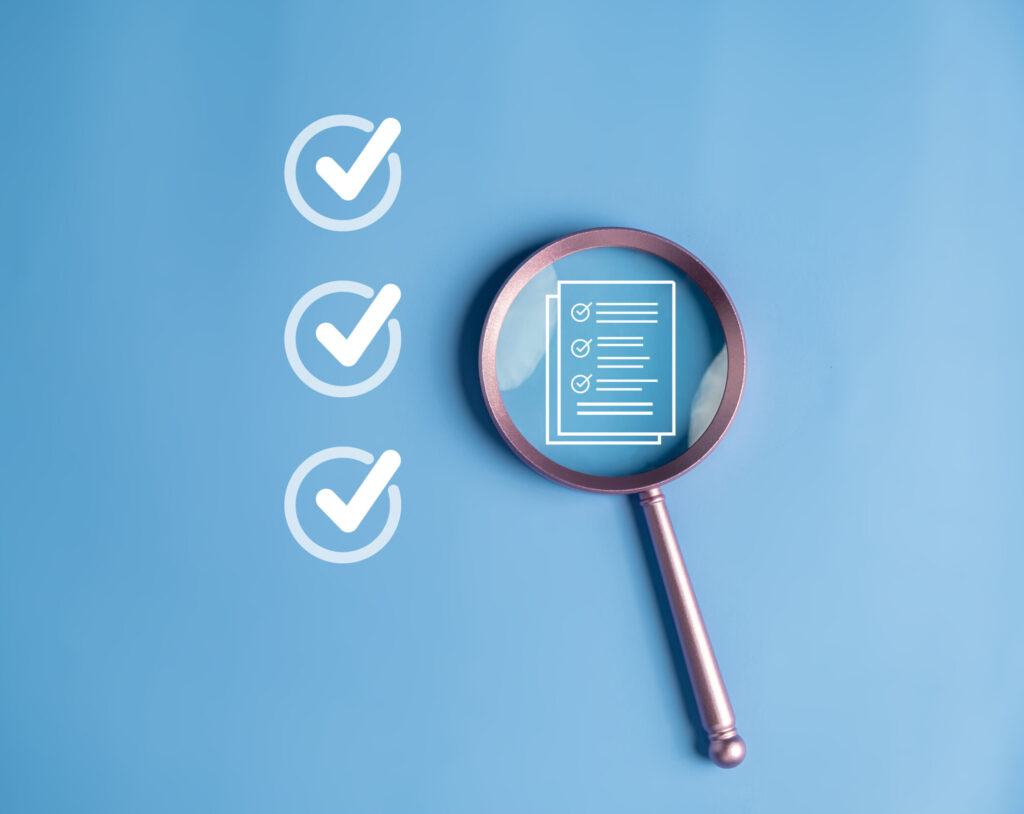Some patent attorneys tend to discourage inventors from doing a prior art search on their own. As the argument goes, it’s best to leave the legal legwork to the legal experts.
But if you’re an expert in your field of science and engineering, as many of our clients are, outsourcing your prior art search may not always be the best place to start. You’re probably already well-equipped to conduct, or at least begin, an effective prior art search on your own.
Can We Really Do an Effective Art Search Ourselves?
Back in the good old days, expert prior art searchers had access to more resources (specifically at the USPTO) than the ordinary person, and they used special techniques for effectively searching special patent databases.
But today, the internet provides 90 percent of the same value — for free.
And anecdotally, every time I’ve been to the USPTO, the search rooms have been virtually (or literally) empty, suggesting that people just don’t use them much anymore.
So yes, you can do the prior art search effectively on your own because there are many good search tools available for free online.
When You Still Need a Patent Lawyer
You’re probably qualified to do your own prior art search if you’re an expert-level innovator who’s generally familiar with the existing work in your field.
But that doesn’t mean you should go through the entire patent process on your own! While you can conduct the prior art search yourself, you’ll likely still need a patent attorney to help you develop a patent strategy and analyze patentability.
On the other hand, if you’re working in a technical field where you don’t have extensive experience, you should probably hire someone to do the search for you.
Benefits of Conducting a Prior Art Search
Here are some of the ways that you can add value to the patent process by familiarizing yourself with the existing prior art:
- Avoid submitting patent applications with claims that are not patentable and will be easily rejected.
- Determine whether your invention is novel compared to public prior art.
- Develop a strong patent claim strategy before you file your patent application (and reduce the chance of extensive amendments)
- Account for close prior art when drafting your patent application. For example, you might want to describe advantages or improvements over relevant prior art, as this can help persuade the patent office that your invention is “non-obvious” and inventive.
- Understand how your idea fits into the technological field.
- Be better prepared to discuss your invention with a patent attorney and explain what aspects of your work might be patentable.

How to Conduct an Effective Prior Art Search
Simply put, a prior art search involves checking different databases to find out whether someone else has already described an idea similar to yours.
Here are five steps to follow to ensure your prior art search is comprehensive.
1. Brainstorm Keywords to Describe the Invention
To conduct a thorough search, you’ll need to account for all possible keyword combinations that could exist in the prior art.
There are various reasons why other patents and applications may use unusual keywords:
- The industry’s commonly accepted terminologies may have changed over time.
- Different industries may use different keywords to describe similar concepts.
- Many patent filings are translated from other languages to English.
2. Search the Patent Databases
We recommend using the following patent search tools to kickstart your search:
- Google Patents
- USPTO search interface
- Espace (European Patent Office) search interface
- WIPO search interface
- Patent Lens
Many practitioners find that the “classification” system used by the USPTO (that is, the classes and subclasses assigned to each patent) is not particularly useful for prior art searching. As such, we don’t recommend using it as the primary means to guide your search.
Instead, we recommend making a list of the top 10 patent documents for each keyword — and then looking at all the other patent documents that reference, or are referenced by, that patent document. This is sometimes called a “forward and backward” cross-reference search.
To do a “forward and backward” cross-reference search in Google Patents:
- Open the page for the relevant patent that you’ve found.
- Scroll to the bottom.
- Refer to the sections for “Patent Citations” and “Referenced By.”
- Scan the list to see if any of the titles look relevant, or click the links to review them in detail.
To do a similar search on the USPTO search interface:
- View the relevant patent document.
- Scroll down to “References Cited” to look backward at the documents cited in the patent you’ve found.
You’ll also see a section for “Non-Patent Citations.” While these documents are not always easy to find online, you may be able request a copy from the patent office.
3. Expand Your Search Beyond Patent Databases
Prior art isn’t limited to only existing patents or patent applications; it includes all ideas that are publicly available and publicly disclosed. As such, a complete prior art search should extend beyond patent searching.
The following list is not exhaustive, but your prior art search could include:
- A Google Scholar search for scholarly publications
- Non-patent literature like articles, publications, or journals (printed or electronic)
- Amazon or other commercial sites
- The product pages of companies that might be innovating in the same space
4. Save All Relevant Results and Documents
When filing your patent application, you want to cite the most relevant prior art to the USPTO. If the patent examiner has all the most relevant references at their disposal, you’ll end up with a stronger patent.
Additionally, this will ensure you satisfy your ethical duties of disclosure, candor and good faith to report prior art that could affect the patentability of a claim.
So make sure you save a list of all relevant results, as well as complete copies of the documents themselves. (We love a good spreadsheet!)
5. Know When to Stop Searching
Your goal is not to examine all the prior art out there. Rather, it’s to examine enough prior art to gain a comprehensive understanding of where your invention stands in the industry.
Because of the following reasons, it’s literally impossible to know the entire universe of prior art that may be relevant before you file a patent application.
For one, thanks to the 18-month publication window, some patent applications that qualify as prior art may not become public until later on.
For another, there may be relevant prior art that doesn’t show up in a typical search (even after they’re public). Examples include documents that are not indexed on Google, academic theses, and foreign language documents.
If your search isn’t turning up much prior art, you might be tempted to keep going — but use your experience and common sense to decide when to call it a day.
What Happens If I Find Prior Art Against My Invention?
Finding prior art against your invention can be discouraging — but it may not necessarily invalidate your entire patent. In our FREE eBook, “Prior Art and the Patent Process,” we discuss how prior art affects different types of patent claims, and what you can do to overcome prior art obstacles. Download it now!
MINIMIZE THE RISK THAT YOU’LL ENCOUNTER UNEXPECTED PRIOR ART. HERE’S WHAT SMART TECH COMPANIES NEED TO KNOW.
But what should you do if you discover prior art against your invention? Download our FREE eBook to find out. Learn the following:
- How does the industry define prior art?
- How can you do an effective prior art search — and can you do it yourself?
- How will discovering prior art affect the claims in your patent application?
- What steps can you take to avoid unexpected prior art?
- How can you avoid accidentally creating prior art against your own patents and applications?
Walk away equipped with smart strategies to navigate common prior art obstacles during the patent process.
Fill out the short form on this page to download this eBook today!
GET YOUR FREE EBOOK

Michael K. Henry, Ph.D.
Michael K. Henry, Ph.D., is a principal and the firm’s founding member. He specializes in creating comprehensive, growth-oriented IP strategies for early-stage tech companies.

